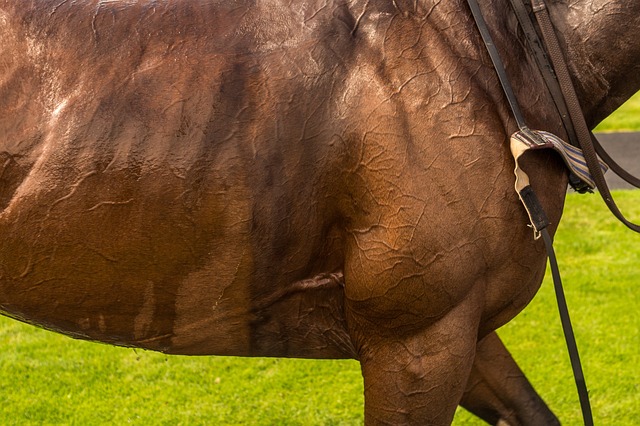Betting on horse racing at 22Bet can be exciting and profitable if you know how to analyze the statistics. Understanding these numbers helps you make informed choices. This guide will show you how to study horse racing statistics correctly to improve your chances of winning.
Key Factors to Consider
1. Horse Form
The form of the horse is one of the most important statistics. It shows the horse’s performance in previous races.
What to Look For
- Recent Performances: Focus on the last 3-5 races.
- Consistency: Look for horses that regularly finish in the top three.
- Improvements: Notice if the horse is showing signs of getting better.
2. Jockey and Trainer Statistics
The skill of the jockey and trainer plays a significant role in a horse’s performance.
What to Look For
- Jockey’s Win Rate: Check the percentage of races the jockey wins.
- Trainer’s Success: Look at the trainer’s record with horses in similar races.
- Combination: Some jockeys and trainers work well together. Look for successful pairings.
3. Track Conditions
The condition of the track can affect a horse’s performance. Horses may perform better on certain types of tracks.
What to Look For
- Track Surface: Is it turf, dirt, or synthetic? Some horses excel on specific surfaces.
- Weather Conditions: Rain can change track conditions. Check if the horse has performed well in wet or dry conditions.
- Track Distance: Make sure the horse is comfortable with the distance of the race.
Detailed Analysis

4. Speed Ratings
Speed ratings indicate how fast a horse can run. Higher ratings generally mean better performance.
What to Look For
- Average Speed: Look at the horse’s average speed in recent races.
- Comparison: Compare the horse’s speed ratings to other horses in the race.
- Improvement: Check if the horse’s speed is improving over time.
5. Class of Race
Horses often compete in different classes of races. Understanding the class can help you judge the competition.
What to Look For
- Current Class: Is the horse racing in the same class or moving up or down?
- Past Performance: See how the horse performed in its current class.
- Competition: Assess the level of competition in the race.
6. Weight Carried
The weight a horse carries can impact its speed and stamina.
What to Look For
- Assigned Weight: Check the weight assigned for the race.
- Performance with Weight: See how the horse performed with similar weights in past races.
- Comparisons: Compare the weight carried by other horses in the race.
Practical Tips

7. Use Multiple Sources
Don’t rely on just one source for your statistics. Use different websites, databases, and expert opinions to get a well-rounded view.
8. Watch Replays
Watching race replays can give you insights that numbers alone cannot. Look at how the horse runs, its behavior during the race, and how it handles different situations.
9. Follow Expert Analysis
Experts provide valuable insights and highlight important statistics. Read expert blogs, watch analysis videos, and consider their opinions in your research.
10. Keep Records
Maintain your own records of bets placed, wins, and losses. Analyze your betting history to see what strategies work best for you.
Conclusion
Studying horse racing statistics correctly can greatly improve your chances of making the right betting choices. Focus on horse form, jockey and trainer stats, track conditions, speed ratings, race class, and weight carried. Use multiple sources and expert analyses, watch race replays, and keep your own records. By following these tips, you’ll be better equipped to make informed decisions and increase your chances of winning your bets.
